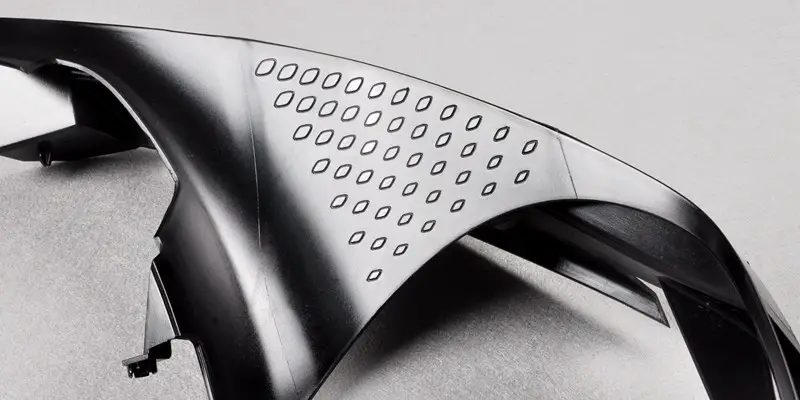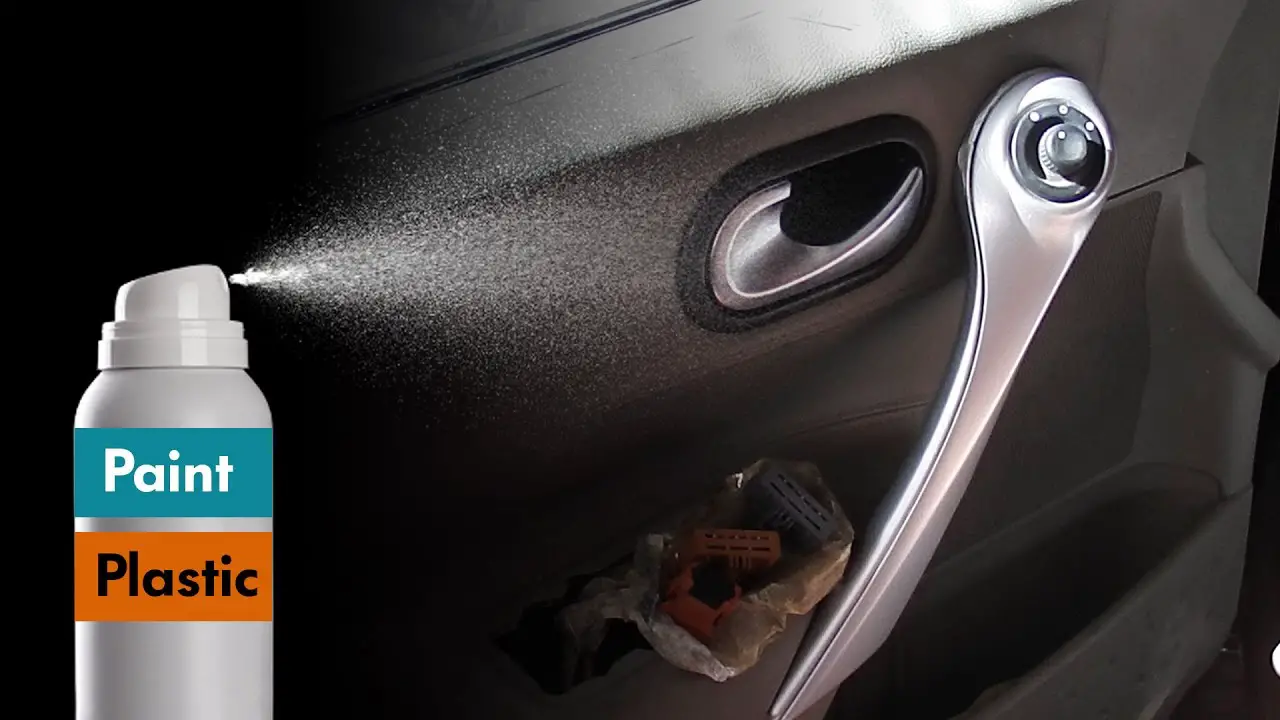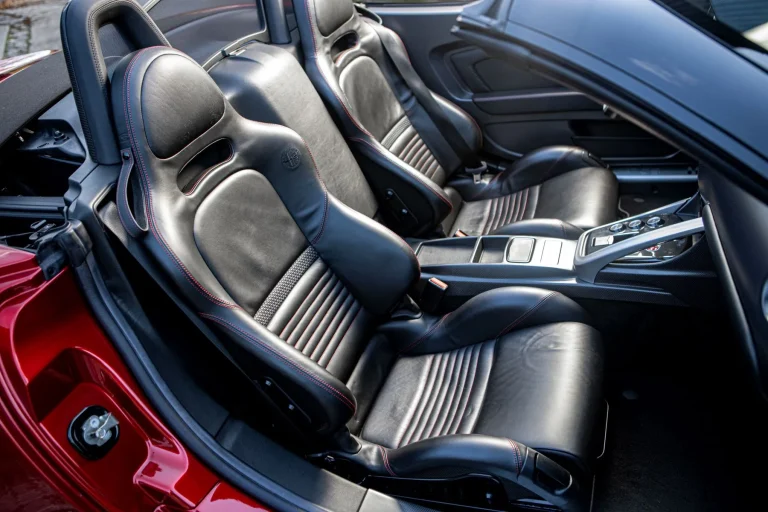How To Paint Car Interior Plastic
Painting the interior plastic of a car can be a great way to spruce up the look of your car on a budget. It is also an easy project to do yourself. This guide will show you how to prepare the plastic surfaces, what materials you need, and the step-by-step process of painting your car’s interior plastic. With the right preparation and tools, you can give your car a fresh new look in no time.
Preparing the Vehicle
Painting the interior of your car is a great way to give it a fresh and unique look. Before you start painting, it is important to properly prepare the vehicle. This involves cleaning the plastic surfaces, sanding them, and applying a primer.
Cleaning the plastic surfaces is the first step. It is important to remove any dirt, dust, or other debris that may be on the surface. For best results, use a mild soap and water solution as well as a soft cloth. Allow the surface to dry completely before moving on to the next step.
Next, sand the plastic surfaces to create a smooth surface for the paint to adhere to. Use fine-grit sandpaper and sand the entire surface. This will help create a smoother and more even finish.
Finally, apply a primer to the plastic surface. This will help the paint to stick better and last longer. Use a brush or roller to apply the primer and allow it to dry completely before painting.
Choosing the Right Paint
When it comes to painting the interior of your car, choosing the right paint is essential. The type of paint you use can make all the difference between a successful paint job and a complete disaster. When selecting paint for your car’s interior plastic, the most important factor to consider is the type of plastic you are using. Plastic can come in a variety of forms, including ABS, polypropylene, and polyurethane. Each type of plastic requires a different type of paint, so it’s important to determine the type of plastic before shopping for paint. Once you know the type of plastic, you can decide which type of paint is best suited for it.
When selecting paint for your car’s interior plastic, it’s also important to consider the desired finish. Do you want a glossy finish, a matte finish, or something in between? Different paints will provide different finishes, and the type of paint you use should match the desired look you’re going for. Additionally, some paints may require a clear coat, while others may not. Be sure to check the instructions on the paint before purchasing.
Finally, it’s important to consider the environmental conditions of your area. Painting the interior of your car should always be done in a well-ventilated area. Additionally, some paints are designed for use in specific weather conditions. If you live in an area with extreme temperatures, it’s important to select a paint that can withstand the conditions.

Credit: autoprotoway.com
Applying a Primer
When it comes to painting car interior plastic, the first step is to apply a primer. A primer helps to create a smooth finish and ensures that the paint adheres properly. It also helps to block out any underlying colors, making it easier to apply the desired color. When it comes to choosing a primer, it’s important to use one specifically designed for painting plastic. This ensures that the primer will not react with the plastic and cause damage. Before applying the primer, the plastic should also be cleaned with a detergent and water mixture to remove any dirt and debris. Once the primer has been applied, it must be allowed to dry before applying the paint. This can take anywhere from a few minutes to several hours, depending on the type of primer used. Applying a primer is an important step in the car interior painting process, so it should be done carefully and correctly to ensure the best results.
Applying the Paint
Painting your car interior plastic requires the right preparation and tools for a successful and long-lasting result. Before you start to paint, you must clean and degrease the plastic surface. Once you have done that, you should use a primer and sand it to ensure that the paint adheres properly. Once the primer has dried, it’s time to apply the paint. You should use a spray gun to evenly apply the paint. To ensure a smooth finish, you should use a wet sanding technique and apply multiple coats of paint. After the coats have dried, you can apply the clear coat for a glossy finish. Finally, you should wax or polish the plastic to protect it from UV rays and keep the paint looking great for longer. With the right preparation and tools, you can give your car interior plastic a professional finish that will last.
Finishing Touches
Painting car interior plastic is a great way to give your car a new look without spending too much money. However, once you’ve completed the painting, the job isn’t done yet. To make sure your car looks its best, you’ll want to follow up with a few finishing touches. To ensure that your car looks great and lasts for years to come, here are a few tips on how to finish painting car interior plastic.
The first step is to seal the paint. Sealing the paint will help to protect it from scratches and other damage. You can use a spray sealant, such as Rust-Oleum Automotive Enamel, or a brush-on sealant, such as 3M Clear Coat. Once the sealant is applied, give it a few hours to dry completely.
Next, you’ll want to buff the painted surfaces. Buffing will help to make the surfaces smoother and shinier. You can use a buffer or a high-speed polisher to buff the surfaces. Be sure to use a soft cloth or brush to avoid scratching the plastic.
The last step is to apply a wax or protectant to the painted surfaces. Wax or protectants will help to keep the paint looking its best for years to come. You can use carnauba wax or a synthetic protectant, such as 303 Automotive Protectant. Be sure to follow the manufacturer’s instructions for best results.
Cleaning and Maintenance
When it comes to cleaning and maintaining the interior plastic of your car, it is important to remember that prevention is key. A good way to keep your car’s interior plastic looking fresh and new is to clean it regularly. To start, use a mild detergent and warm water to remove any dirt and grime from the surface. Then, use a damp cloth to wipe away any remaining residue. Additionally, you can use a specialized plastic cleaner to further protect the plastic from damage.
To keep the plastic from fading or cracking, avoid harsh cleaning products and abrasive scrubbing. Instead, use a soft cloth and a gentle cleaner to remove dirt and debris. Additionally, avoid using too much water as this can lead to mold and mildew growth. If you do find mold or mildew, use a mixture of bleach and water to remove it.
If you want to give your car’s interior plastic a quick polish, you can use a plastic polish or wax. This will help protect the plastic from future wear and tear, and will also make it look shiny and new. Additionally, you can use a UV protectant to help prevent fading and sun damage.
Finally, if you want to give your car’s interior plastic a fresh look, consider painting it. Painting is a great way to add a custom touch to your car and can make it look brand new. However, it is important to use the right products and tools to ensure that the job is done correctly. With proper preparation, a few coats of paint, and a protective sealant, you can give your car’s interior plastic a fresh, new look.
Troubleshooting Common Issues
Painting the interior plastic of your car can be a challenging task, so it’s important to be aware of common issues that can arise. Fortunately, with the right preparation and technique, most of these issues can be easily avoided.
Before you begin painting, make sure the surface is clean and free of dirt, grime, and debris. This will ensure that the paint sticks and your job looks professional. All plastic surfaces should be sanded before painting, as this will create a textured surface for the paint to adhere to. If you skip this step, the paint may not stick properly and could flake off over time.
It’s also important to use a primer to create a barrier between the plastic and the paint. Using a good quality primer also ensures that the color of the paint is even and true. Finally, be sure to apply the paint in thin coats, allowing each coat to dry completely before adding the next. Too much paint can cause the finish to appear uneven and lumpy.
By following these steps, you can make sure that your car interior plastic painting job is a success. With the right preparation and technique, you can create a professional-looking finish and keep your car looking great for years to come.
Safety Tips
Painting the interior of your car can be a daunting task, but it doesn’t have to be. With the right preparation, tools, and safety tips, you can easily complete this project yourself and save money. Before you start your project, it’s important to understand the kind of plastic used on your car’s interior and the safety measures you should take to ensure a successful project.
When painting the interior of your car, the safety of yourself and those around you should always come first. Make sure to wear the appropriate protective gear, such as gloves, goggles, and a face mask when handling any chemicals or painting. Also, make sure to open all windows and doors to ensure proper ventilation. Lastly, keep an eye out for any combustible materials that could ignite when exposed to heat.
Another important safety measure to take is to clean the car interior thoroughly. Remove any dirt, debris, or grease from the surfaces you plan on painting. Doing this will ensure that the paint has a smooth surface to adhere to and will provide the best finish.
Finally, it’s important to select the right type of paint for your car’s interior. Generally speaking, acrylic paint is the best choice for plastic surfaces. It’s also important to use a primer or sealer before applying the paint to ensure the best finish.
Conclusion
Painting your car interior plastic is a great way to customize and refresh the look of your vehicle. With the right preparation, tools, and techniques, you can create a stunning transformation for your car. Painting the interior plastic of your car can be a fun and rewarding experience, and the result will be worth the effort.







